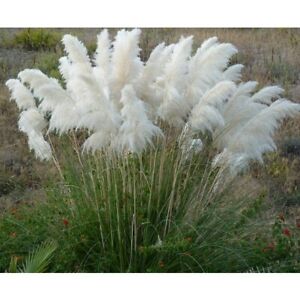The Bamboo Seed
White Pampas Grass Cortaderia Selloana Seeds
White Pampas Grass Cortaderia Selloana Seeds
Couldn't load pickup availability
White Pampas Grass Seeds
- Quantity 100 Cortaderia selloana Pampas Grass seeds
- USDA zones 7-11
- Pampas grass seeds
- Ornamental grass seeds
- Perennial grass seeds
- Cold hardy plants
Planting Seeds for White Pampas Grass
Beautiful, showy white plumed perennial Pampas grass is a favorite landscape showstopper. Gardeners often choose to plant white pampas grass (Cortaderia selloana) in their gardens for several reasons. Firstly, its tall, feathery plumes and elegant white coloration add a touch of sophistication and beauty to any garden or landscape. It can serve as a striking focal point or a backdrop for other plants, adding visual interest and texture. White pampas grass seeds produce highly versatile ornamental grass that can be used in various ways, such as a privacy screen, a windbreak, or to create a natural border.
Pampas Grass is relatively low-maintenance, requiring minimal pruning and care once established. Gardening enthusiasts select white pampas grass to grow from seed because Cortaderia selloana ornamental grass is known for its ability to attract wildlife, such as birds and butterflies, making it a valuable addition to any garden ecosystem. The appeal of white pampas grass lies in its stunning appearance, versatility, and ease of care.
About Cortaderia selloana grass seeds
Cortaderia selloana seeds are from Pampas grass plants native to South America, specifically the grasslands of Argentina, Brazil, and Uruguay. It is a large, perennial grass that can grow up to 12 feet tall and 6 feet wide. Pampas Grass is characterized by its long, slender leaves and distinctive feathery plumes, which can range in color from white to pink to purple. These plumes are produced in late summer and persist into the fall, providing visual interest and attracting wildlife like birds and butterflies.
Pampas Grass is highly adaptable and can thrive in a variety of soil types and climates, although it prefers full sun and well-drained soil. In its native habitat, Pampas Grass is an important part of the ecosystem, providing food and shelter for a variety of wildlife.
Germinating Pampas Grass Seeds
Germinating Pampas Grass (Cortaderia selloana) seeds is a relatively straightforward process. Here are detailed instructions to help you successfully germinate Pampas Grass seeds:
Choose the Right Time: Pampas Grass seeds can be started indoors 8 to 10 weeks before the last expected frost date or outdoors in late spring after the danger of frost has passed. For indoor germination, start the seeds in late winter.
Prepare the Soil: Use a well-draining potting mix or a soilless seed-starting mix. Fill seed trays or pots with the soil, leaving about 1/2 inch of space at the top.
Moisten the Soil: Water the soil until it's evenly moist but not waterlogged. Allow excess water to drain out.
Sow the Seeds: Place the Pampas Grass seeds on top of the soil, spacing them about 1 inch apart. Lightly press the seeds into the soil, but do not cover them with additional soil as Pampas Grass seeds need light to germinate.
Cover the Container: Cover the container with a clear plastic dome or plastic wrap to create a mini greenhouse effect. This helps to retain moisture and warmth, which aids germination.
Provide Adequate Light and Temperature: Place the container in a warm, brightly lit area. Ideal temperatures for germinating Pampas Grass seeds are between 70-80°F (21-27°C). A sunny windowsill or under grow lights works well.
Keep the Soil Moist: Check the soil moisture regularly and water when the top of the soil feels dry. Avoid overwatering, as this can lead to fungal issues.
Remove the Cover: Once the seeds have germinated and small seedlings have emerged (usually within 14-21 days), remove the plastic cover to prevent excessive humidity and encourage air circulation.
Transplant the Seedlings: When the seedlings have developed a couple of true leaves and are about 2-3 inches tall, they can be transplanted into larger containers or directly into the garden, spacing them according to the variety's recommendations.
Provide Adequate Care: Continue to water the seedlings regularly, ensuring that the soil remains evenly moist. Pampas Grass prefers full sun and well-drained soil. Fertilize with a balanced fertilizer every 4-6 weeks.
With proper care and attention, your Pampas Grass seeds should germinate and grow into healthy plants that will reward you with beautiful plumes.
Planting Pampas Grass grown from seed
Pampas grass, known for its dramatic plumes and sturdy, evergreen foliage, thrives best in locations with full sun and well-draining soil. Ideal locations for planting pampas grass include open areas, such as fields or large gardens, where the plant can have ample space to grow and spread. Its large size and feathery plumes make it an excellent choice for creating privacy screens or windbreaks, especially in coastal or windy areas. Additionally, pampas grass can be used as a focal point in the landscape or to add texture and visual interest to borders or large containers. When planting pampas grass, ensure that it is at least 6 feet away from other plants and structures to allow for its expansive growth. Overall, pampas grass can be a stunning addition to a variety of outdoor spaces, from large gardens to coastal landscapes, providing beauty and functionality.
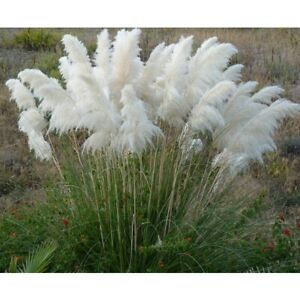
Collections
-

All Bamboo Seeds for Sale
Welcome to our catalog of bamboo plant seeds for sale including clumping...
-
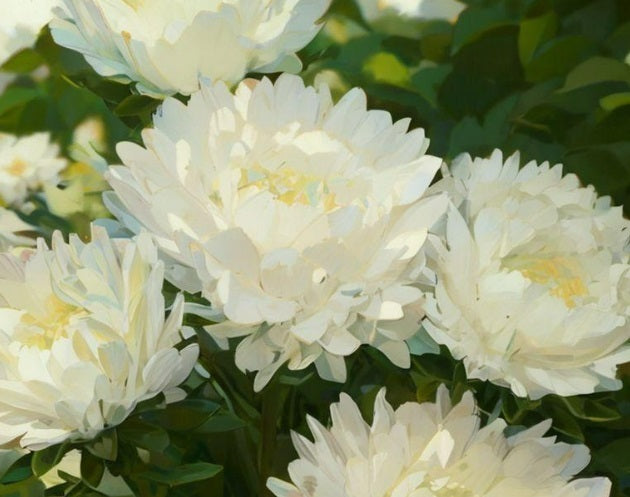
All Flower Seeds
All of our 2025 flower seeds are sold out. Please check back...
-
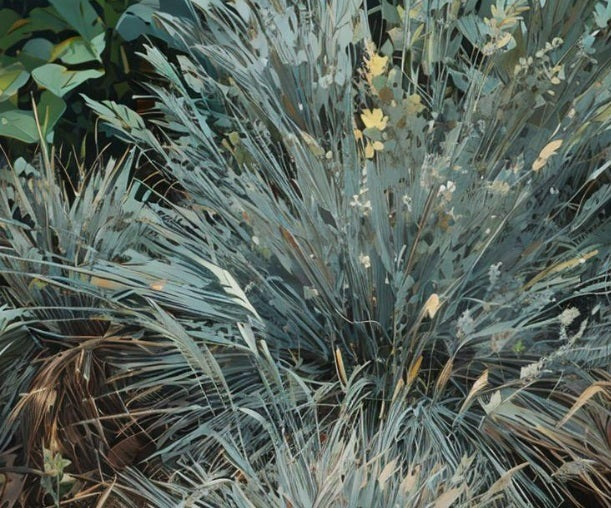
All Ornamental Grass Seeds
Grass has finally come into its own as a garden landscape centerpiece....
-
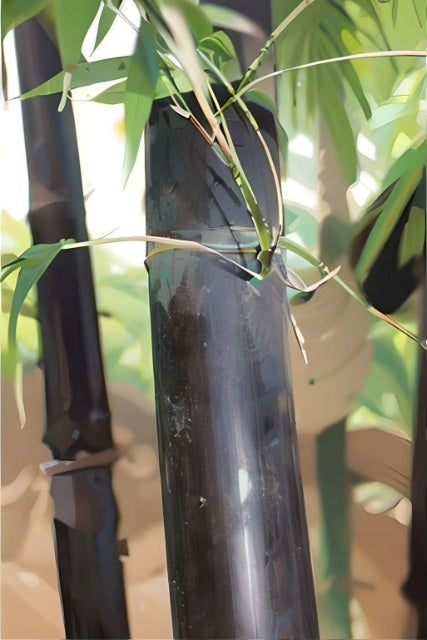
Black Bamboo Seeds
Consider Black Bamboo seeds for eye-catching bamboo varieties with lustrous black, dark...
-
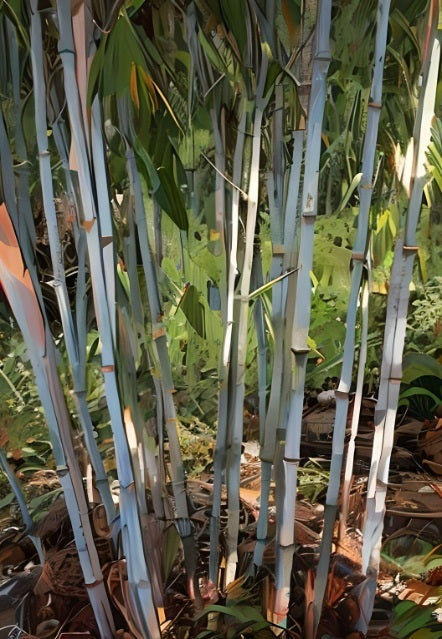
Clumping Bamboo Seeds
Clumping bamboo species grow in dense clumps or clusters that are naturally...
-
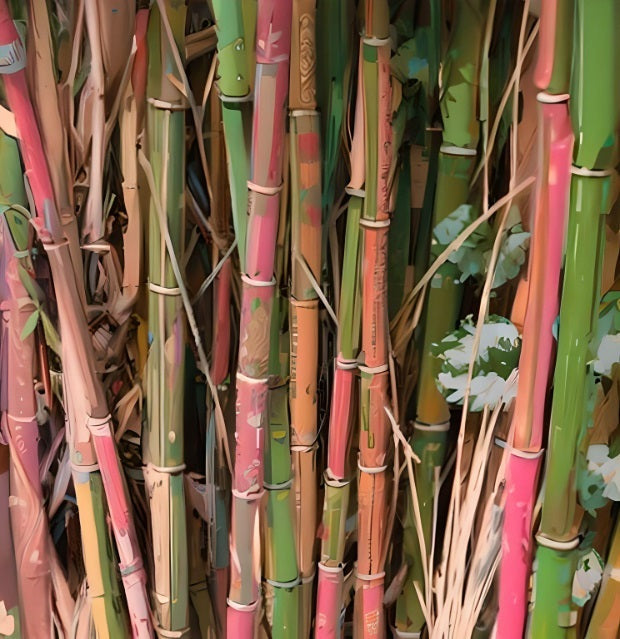
Cold Hardy Bamboo Seeds
A selection of cold resistant bamboo seeds for hardy bamboo able to...
-
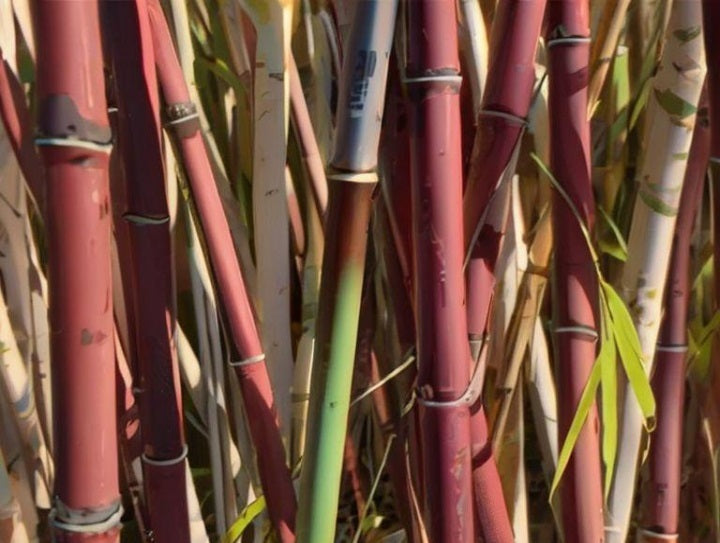
Fargesia Bamboo Seeds - Clumping and Cold Hardy
Buy bamboo seeds for beautiful cold hardy and clumping Fargesia bamboo. Our...
-
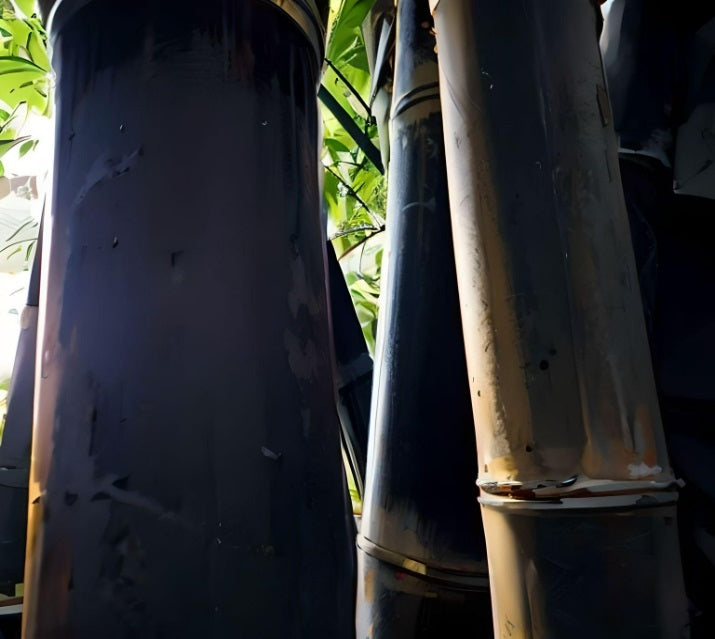
Giant Bamboo Seeds
When you're looking for impressive size with ample shade below, consider fastest...
-

Running Bamboo Seeds
Running bamboo spreads through underground runners, known as rhizomes. These rhizomes can...
-

Tropical Bamboo Seeds
Our curated selection of tropical bamboo seeds best suited for planting in...

